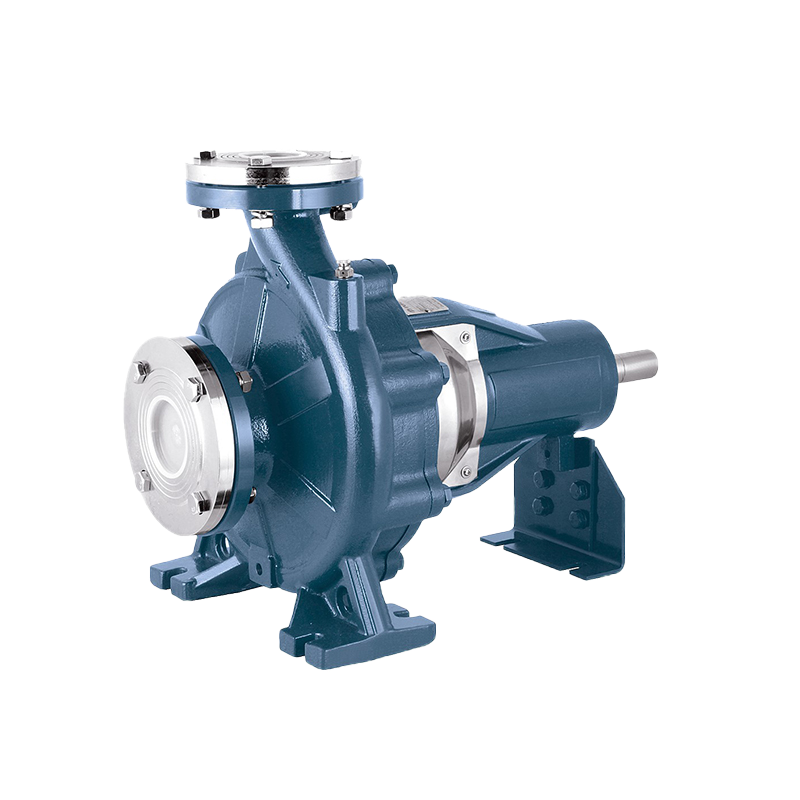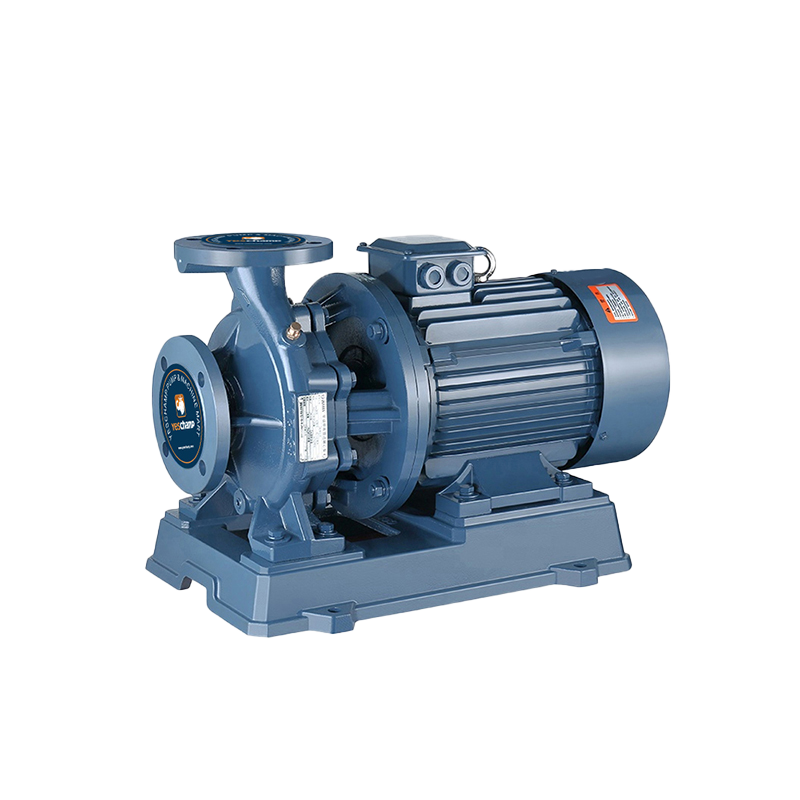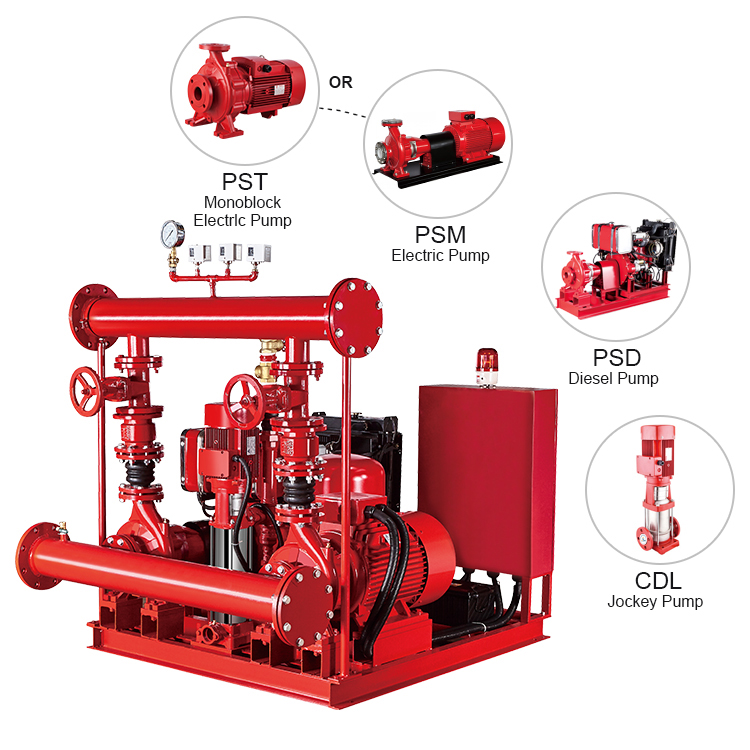Vertical Inline Pumps: Compact & Efficient Solutions for Seamless Fluid Transfer
Vertical inline pumps (also called vertical pipeline pumps) are essential for HVAC, water supply, industrial circulation, and irrigation systems. Their space-saving design, high efficiency, and easy installation make them a top choice for applications requiring smooth and reliable fluid movement.
The impeller undergoes static balancing tests, resulting in a smooth surface to minimize friction loss. Its operating pressure is ≤1.6 MPa, making it suitable for conveying liquids with temperatures between -20°C and 120°C, solids content ≤0.1%, and particle size. Typical applications include urban water supply, petrochemical transportation, fire boosting, and boiler circulation. During installation, ensure that the weight of the pipeline does not support the pump body and tighten the anchor bolts. Some models feature a removable structure for easy maintenance of core components.
How Vertical Inline Pumps Work
These pumps are installed directly into pipelines, with the motor positioned vertically above the pump body. The impeller rotates to create centrifugal force, pushing liquids through the system with minimal energy loss. Their inline configuration eliminates the need for complex piping, reducing installation costs.
Features of Vertical In-Line Pumps
1. The impeller is mounted directly on the extended motor shaft, resulting in a short axial dimension and compact structure. The pump and motor bearings are optimally configured to effectively balance the radial and axial loads generated by the pump's operation, ensuring smooth operation with low vibration and noise.
2. The shaft seal utilizes a mechanical seal or a combination of mechanical seals, using imported titanium alloy sealing rings, medium-sized high-temperature-resistant mechanical seals, and wear-resistant seals made of carbide, effectively extending the service life of the mechanical seal.
3. Installation and maintenance are easy; no piping system needs to be disassembled; all rotor components can be removed by simply removing the pump union nut.
4. The pumps can be operated in series or parallel, depending on the required flow rate and head.
5. The pumps can be installed vertically or horizontally, depending on the piping layout.
Common Uses of Vertical Inline Pumps
HVAC Systems – Heating, cooling, and air conditioning circulation.
Water Supply & Boosting – Municipal, commercial, and residential buildings.
Industrial Processes – Cooling, filtration, and liquid transfer.
Irrigation & Agriculture – Efficient water distribution.
Vertical inline pumps provide a compact, efficient, and cost-effective solution for fluid transfer in various industries. Their simple installation, low maintenance, and reliable performance make them a smart investment for any piping system.
 English
English عربى
عربى
 Fire Pump and System
Fire Pump and System Split Case Pump
Split Case Pump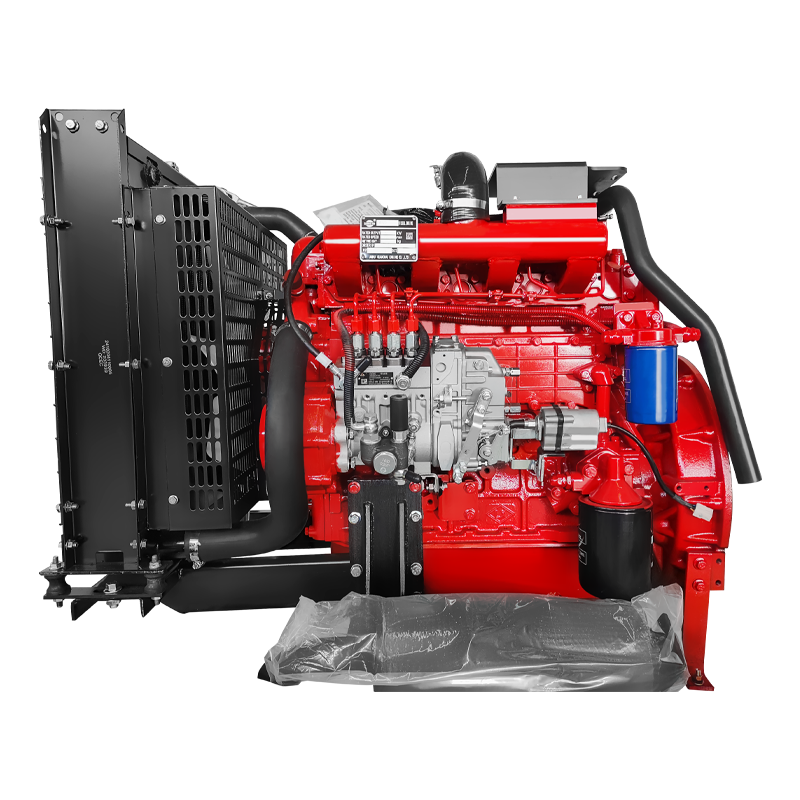 Engine and Pump
Engine and Pump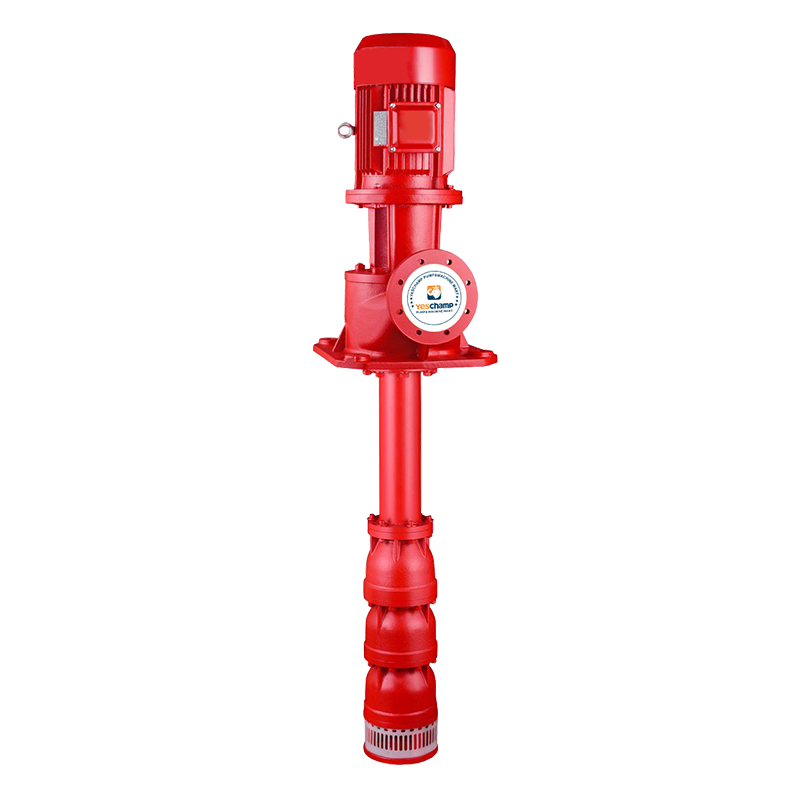 Long Shaft Pump
Long Shaft Pump Multistage pump
Multistage pump Water Supplier System
Water Supplier System Sewage Pump
Sewage Pump Industrial Pump
Industrial Pump Self-Priming Pump
Self-Priming Pump Inline Pump
Inline Pump Domestic Pump
Domestic Pump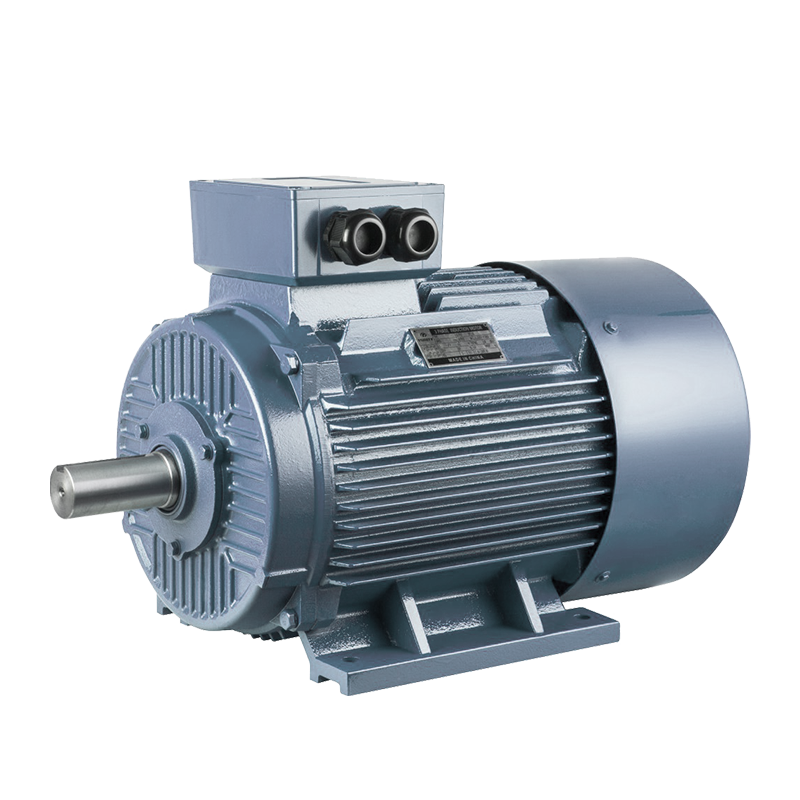 Electric Motor
Electric Motor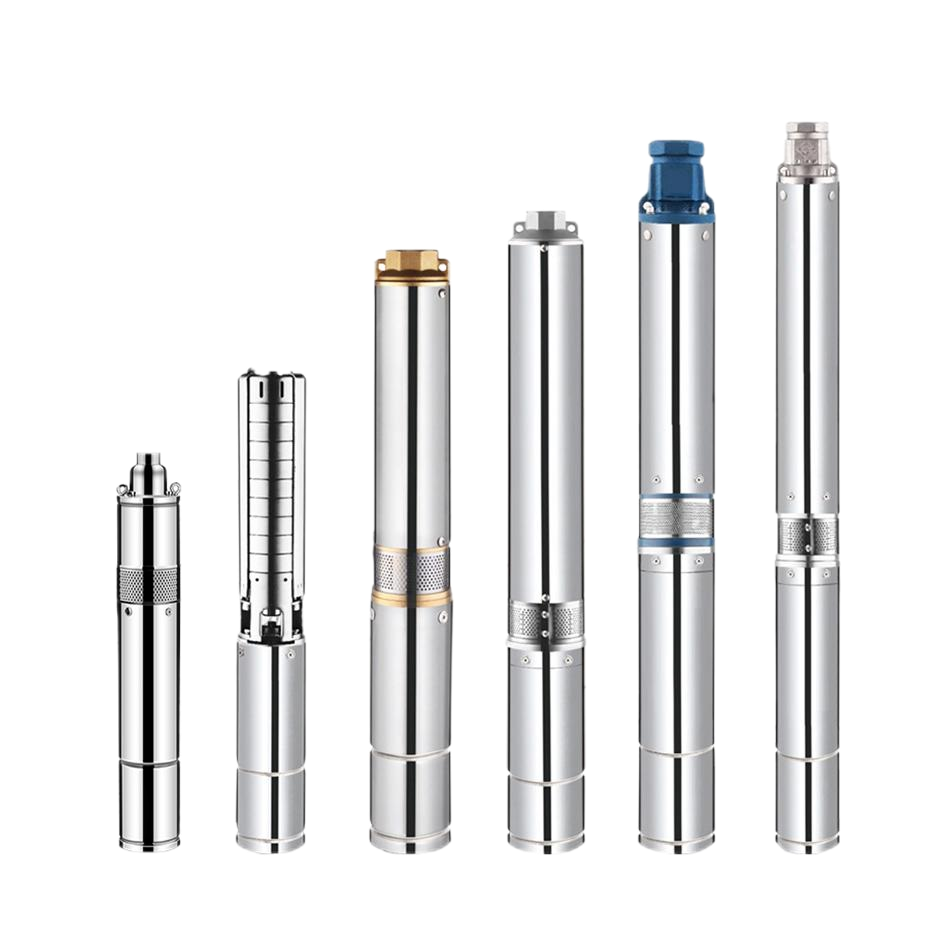 Borehole Pump
Borehole Pump

